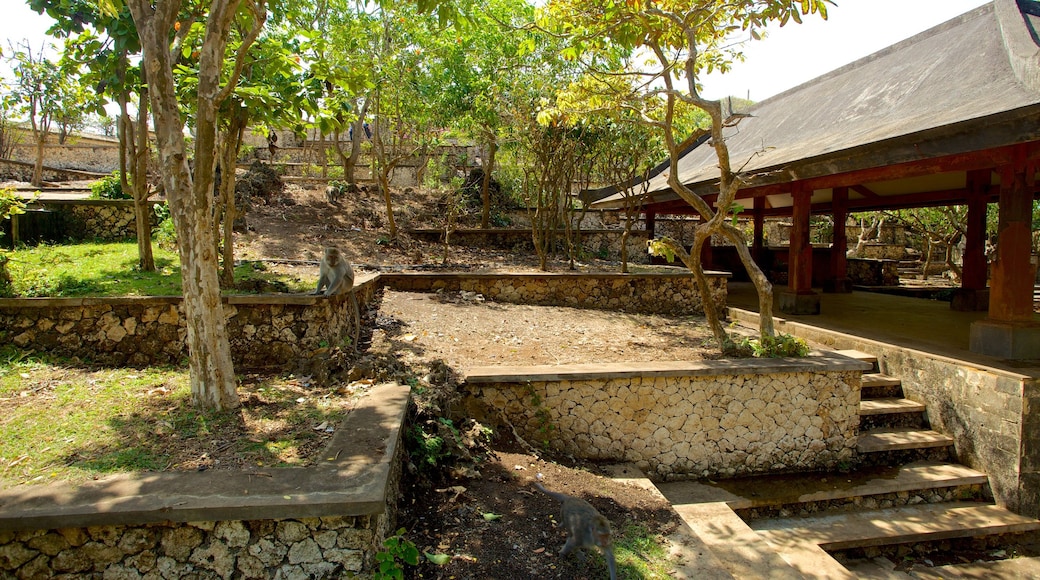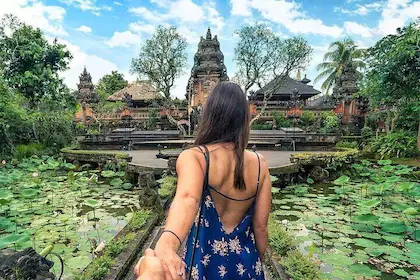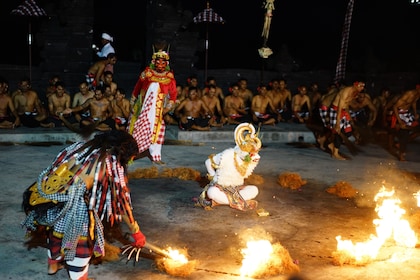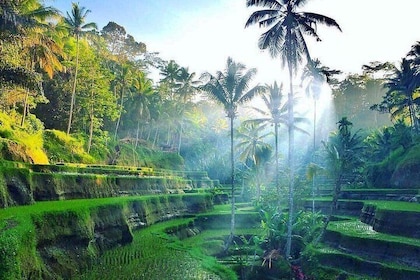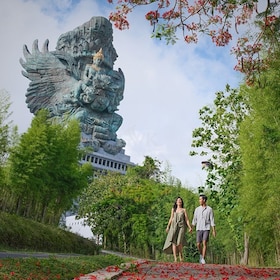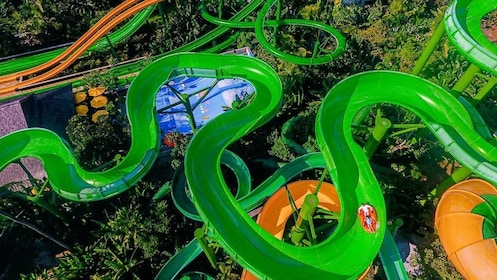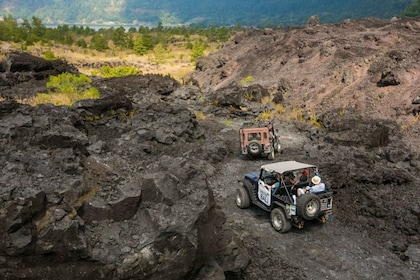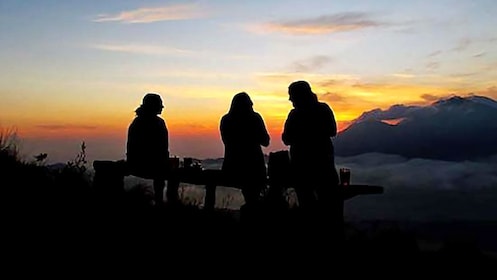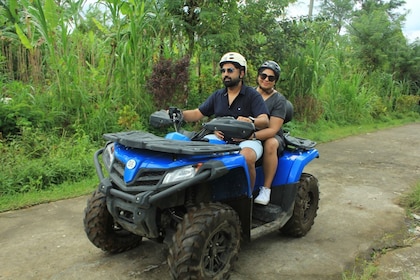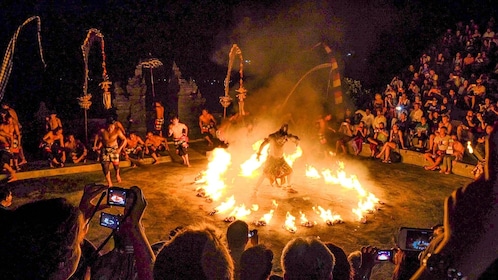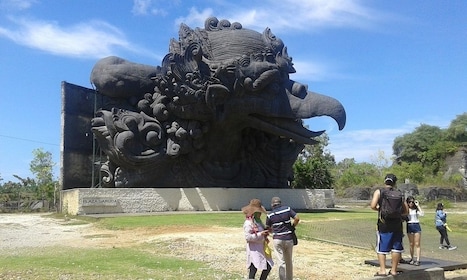Having experienced the delights of Uluwatu Beach, amble up to the Uluwatu Temple. Here, marvel at one of the oldest religious buildings in Bali. A key directional temple (this means its purpose is to ward off evil spirits), Uluwatu towers 70 metres above the Java Sea. The immense crashing sound of the waves adds to the dramatic setting it's easy to understand why this spot has long inspired humility in men.
Learn how Uluwatu Temple has existed here for many centuries, and was expanded by Empu Kuturan during the 11th Century. It's thought the 'padmasana' shrines here were created in the 15th century by the sage Dang Hyang Nirartha. Within the walls of Uluwatu Temple, he is said to have attained Moksha (liberation from rebirth). See how far you can get to this inside half an hour.
Exchange pleasantries with the many resident monkeys, but be warned that they are liable to pilfer sunglasses and wallets. Keep these well hidden while walking around. If you do lose any valuables, it's possible to get them back by trading fruit with the furry thieves.
Aside from the sight of the black coral-carved temple, the complex looks out over amazing views of the south Balinese coast the deep blue Java Sea and rugged headlands interspersed with bright green foliage. Stick around until early evening, when the nightly Kecak (monkey) dance is performed (by humans). This traditional hoe-down is the perfect accompaniment to the sumptuous sunsets.
There’s a small entry fee. You will find that local guides are eager to show you around, but unless you especially want one, this is not necessary. Note that to enter the temple, you must be fully dressed. Sarongs are available to rent at the entrance.
Uluwatu Temple is nearby to the village of Pecatu in the South Kuta district. It's 30 kilometres south of Denpasar. Public transport isn't readily available, so hire a bike or car, or take a taxi.
